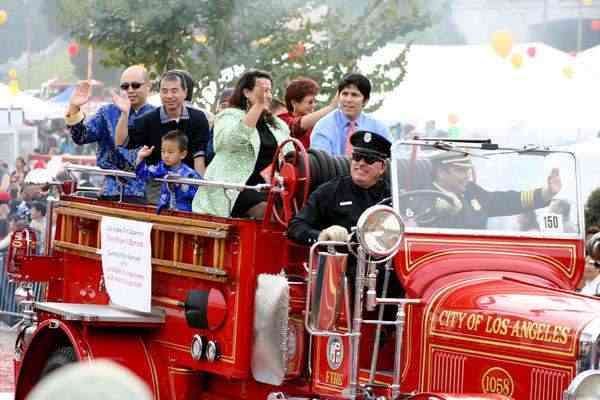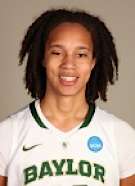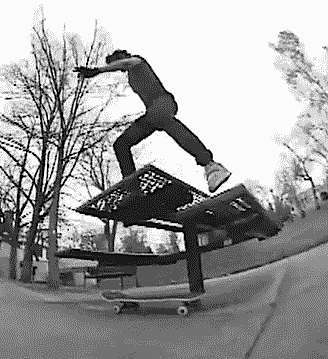In a Los Angeles neighborhood full of gang activity, where bullets sometimes fly, Fire Station No. 68 serves the community of central Los Angeles, instead of keeping a low profile.
The Fire Department has opened its doors to the community. "It used to be we'd be out on a call and there'd be gangs shooting at each other," said Capt. Kawme Cooper, one of the organizers of a city-wide community-based program. "We found out who the leaders are of approximately eight gangs in the district and we introduced ourselves in gang intervention meetings. Then we didn't push it."
Soon, said Cooper, the gangs approached the fire house. "They wanted to do a toy drive in the community.
That began our working together. Now, sometimes when we're out on emergencies, whether it's a shooting or fire, gang members help with crowd control and help protect us from violence when we're on calls."
Firefighters from across the city are also encouraging elementary school children to participate in the "Fire Cadet" program. Firefighters visit third-, fourth-, and fifth-grade classes in local schools once a week for six months and teach basic fire, earthquake and medical safety.
"We don't just teach ‘stop, drop and roll'," said firefighter LaMorris Wilcher, who has been at Fire Station 68 for two years. "We teach them about responsibility, and talk to them about staying in school and staying off drugs. Now when we go on calls where some of these kids live, the kids know us by name and it takes some of the fear out of what's going on."
Firefighter Mark Ryan, who's been at Station 68 for eight years, said that before they began the program it was rare to see children outside after 5 p.m. "This is a gang-infested neighborhood, a high crime rate area," he said. "These kids are scared. Now, they feel a little safer because they know who we are. People used to see us as a closed door place. Now kids and their parents aren't afraid to approach fire department officers." Ryan added, "Parents of the kids also come and get involved in programs. They see their kids learn respect for adults and authority figures."
Damien Martin, 16, has participated in the fire department's Educational Athletic Program, which pairs firefighters with teams of four teens to play basketball on Saturday mornings. "The park to play basketball is too far away, and we couldn't get rides," said Martin. "We got to know the firefighters and they asked if we wanted to get a group together to play. Before the program began, I didn't know anything about the fire department or the firefighters. The fire house was just a building on the block."
The Educational Athletic Program combines basketball playing with a short educational program designed to build self-esteem and encourage responsibility, all taught by firefighters who are trained by the department captains. "It's opened a lot of doors for us," said Martin. "We're not just hanging out on the street. We can open up to them about anything that's going on in our lives."
Cooper said, "We have to go beyond sitting in the station and playing cards. It's a philosophical challenge for some of the firefighters who were hired to put out fires and respond to emergencies. We want to be the good neighbor and help the community."










Be the first to comment